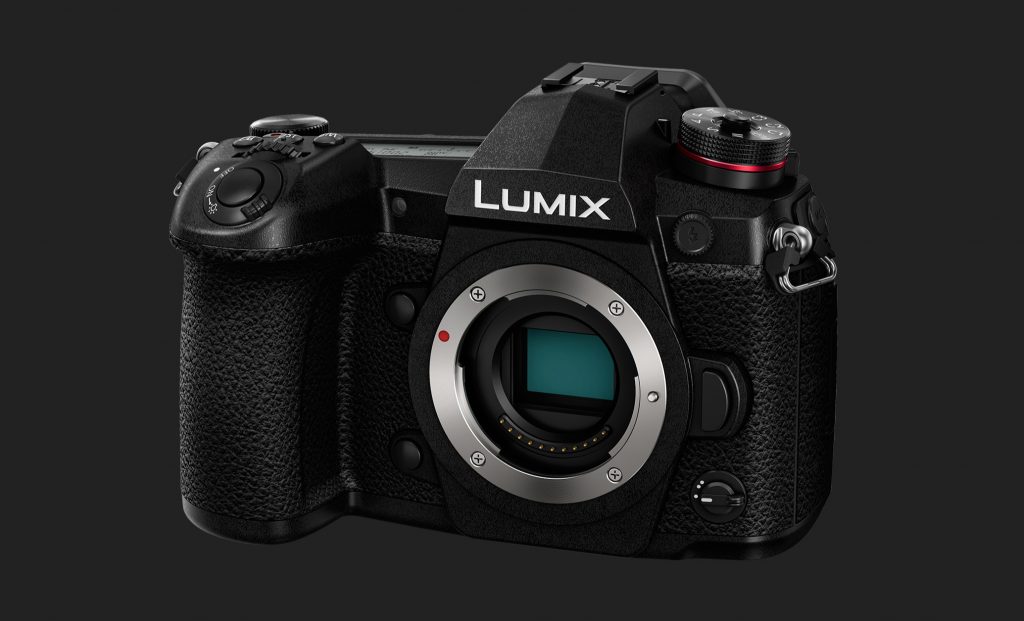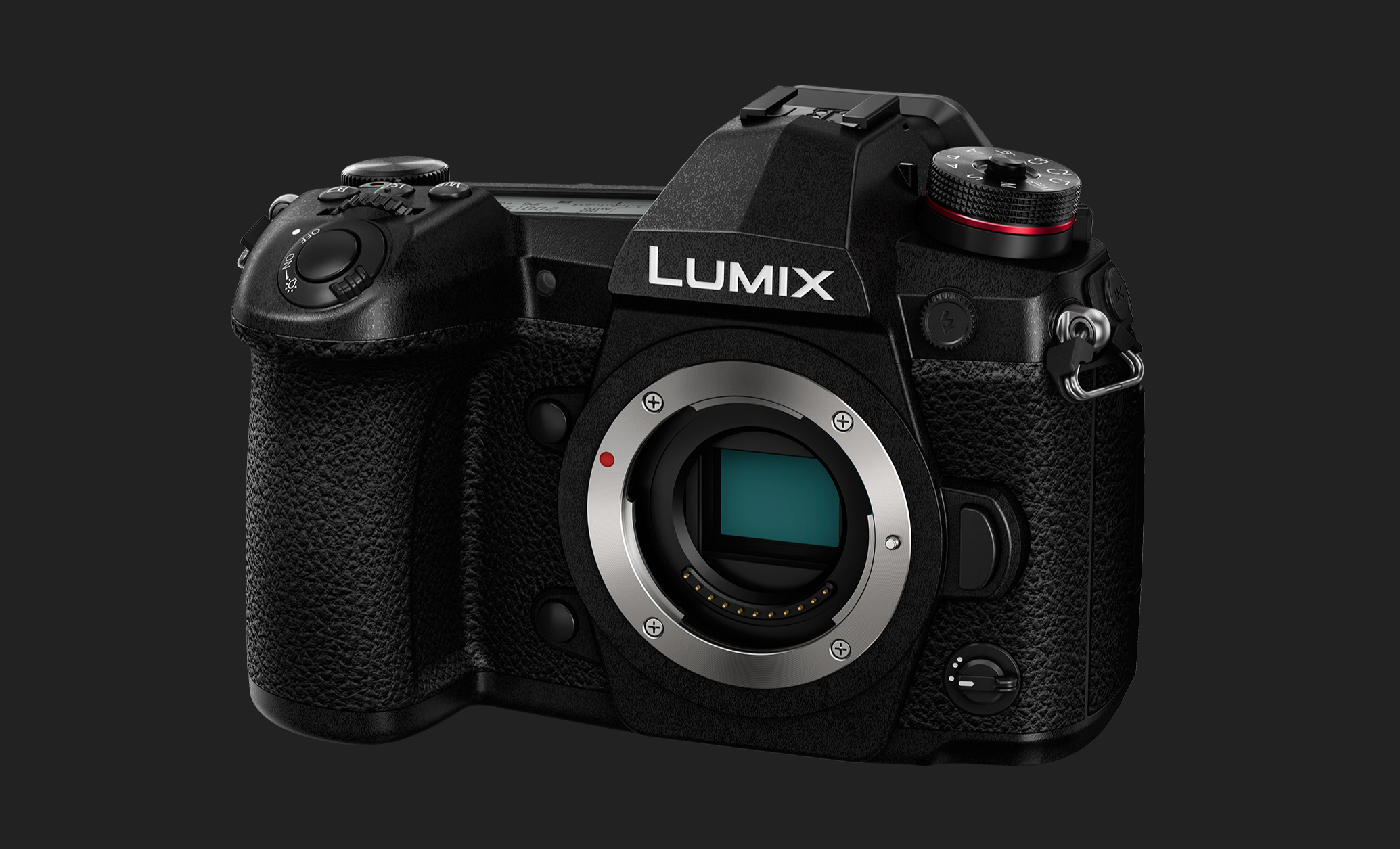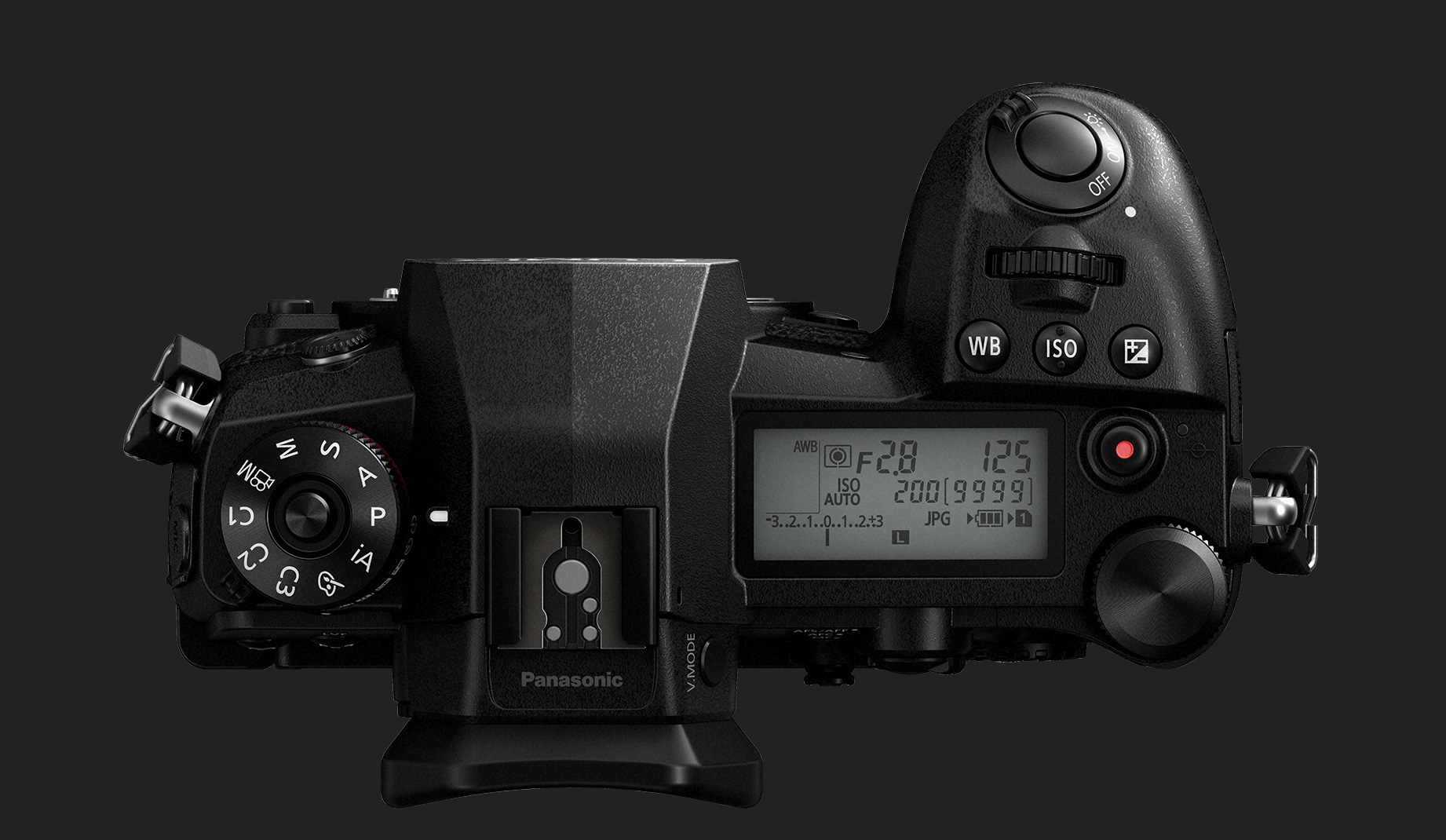
The Panasonic G9 seems like the start of a big push by Panasonic with serious photographers. By taking the technology developed for video, they have created one of the fastest cameras ever made for sports and wildlife photography… And the video specs aren’t bad either.
Having courted photographers before with the rangefinder style GX8, this is the first time Panasonic have made a DSLR-style G camera body the main flagship for photos. From G1 to G7, they made consumer mid-range cameras.
This time out, with the consumer market continuing to shrink, I think it looks like Sony and Panasonic want to challenge Canon and Nikon for professional photography. These users demand speed, familiar ergonomics, joystick, dual card slots, big battery, big grip, weather sealing and a very accurate viewfinder. Mirrorless cameras are turning into fully fledged mini 1D X and D5s!
The ergonomics of the G9 have some interesting refinements over the GH5. The very useful top panel LCD, a wider grip, an even larger viewfinder. 0.83x magnification makes this EVF absolutely enormous. Like the Sony A9 it has no blank-out during continuous burst shooting with the built in electronic shutter.
In many ways the G9 is the pro version of the G85. By the way, I am glad to see Panasonic drop the confusing regional differences in model number with the G9 being a G9 wherever you buy it much like the GH5 (not a G95 for example!)
Video specs are also improved over the G85, but it sits between that camera and the GH5 for both video and price. It doesn’t have the GH5’s 10bit, V-LOG or hybrid LOG gamma for HDR shooting. It DOES have 4K 60p though which is quite surprising for a stills orientated model. Compare the price to the only other 4K 60p shooting stills-focused camera, the 1D X Mark II and it comes in at $1699 compared to $5999 for the Canon. That opens up a much larger chunk of the enthusiast market than the 1D X and indeed the 5D Mark IV.
The continuous AF system has had an upgrade over the GH5 and now allows 20fps with AF compared to 9fps with AF on the video-orientated camera. Both cameras will crank up to 60fps with the electronic shutter with AF locked or manual focus. The burst speed and AF capabilities of the G9 put it in league only with the Sony A9 for sports shooters. The telephoto lenses however are much smaller and lighter on the Panasonic side.
Another camera the G9 is designed to beat is the Olympus E-M1 II. It has similar in-body 5 axis stabilisation technology and burst shooting rates. The superb stabilisation has pretty much become standard with high-end Micro Four Thirds cameras now. It’s the best in the business.
One camera I really want to see next from Panasonic is a successor to the LX100 based around the same sensor as the GH5 and G9, if possible! Loved that camera.
I also think the G9 paves the way to a $3000 full frame camera system from Panasonic in the future. I have no idea if this will happen or not – but if it does I for one will be buying one. Until then, there is the Leica SL (which used you can get for around £3700 now).
For $1699, you can’t get faster than the G9 or more feature packed for stills – with 4K 60p thrown in as a bonus. Photographers can use this to perfectly time a shot or select the perfect frame from length bursts of video.






